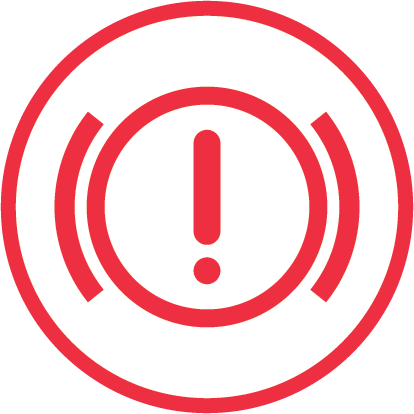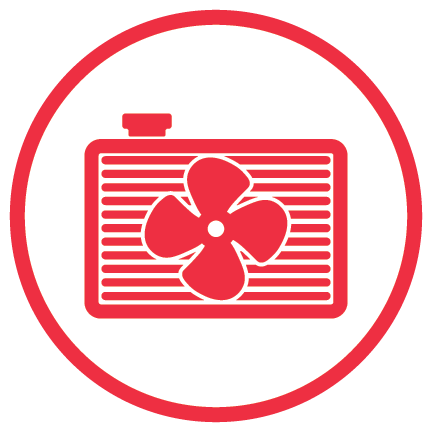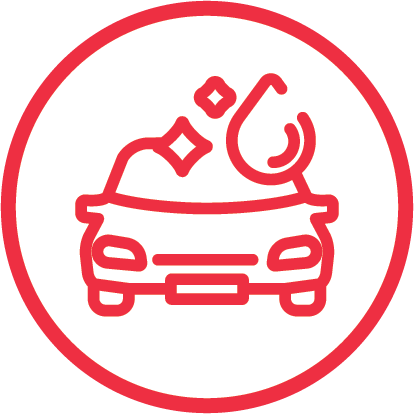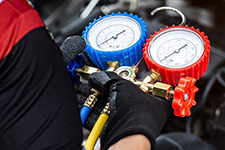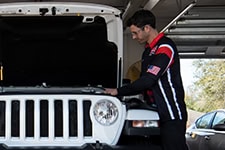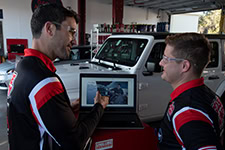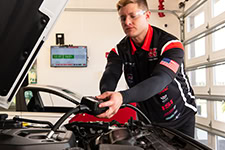Brake Services
Vehicle brakes require regular servicing to keep them in proper operating condition, as there are some components like brakes pads that are designed to wear out.
Brake Check and Replacement Service
What We Do
Grease Monkey® service centers offer complimentary inspections of all brake components, after which you’re given a short explanation of our findings. If our brake check indicates the need for service or repair, you receive a free written estimate for your review and authorization.
How Brake Inspection Works
Grease Monkey technicians inspect the entire brake system during a brake check, including the brake pedal, brake fluid levels, brake lines and hoses, brake pads, drums, and rotors. We check your parking brake components at the same time.
Break lines are coated with a copper alloy. As brake fluid’s anti-corrosion properties degrade, copper leaches into the fluid. If copper levels are at or above the level your vehicle manufacturer recommends, our technician will recommend a brake fluid flush.
How Often Do You Need to Check or Change Your Brakes?
Check your manufacturer’s recommendations to see when to schedule a brake service. Some manufacturers may recommend brake checks after a set amount of mileage, while others suggest a specified time, such as every six months. Note these are recommendations. If at any point you feel your brakes are acting sluggish or feel “off,” you should schedule a brake inspection.
Things to Consider About Car Brake Inspection
You should consider scheduling a car brake service if you detect any of these potential problems:
- The brake pedal feels “soft” or “spongy” when you push down on it.
- The brakes make grinding, squealing, or other noises.
- The vehicle pulls to one side when you brake.
- Your dashboard brake light or ABS light is on.
- Your steering wheel shakes or vibrates when you apply the brakes.
- Your vehicle stops with a jolt, vibrates, or wobbles when braking.
After a car brake service, Grease Monkey technicians may recommend repairs or replacement parts. They may also suggest a brake fluid flush.
Brake Fluid Flush
What We Do
During a brake flush, we replace old brake fluid by flushing out the brake lines.
How the Brake Fluid Flush Works
A brake fluid service completely removes old fluid with a pressurized flushing machine that pumps new fluid into the vehicle’s brake fluid reservoir, forcing old fluid out of the system. The process continues until the fluid forced out is clean, indicating that the new fluid has entirely replaced the older fluid.
Things to Consider About the Brake Fluid Flush Service
Brake fluid services help slow the deterioration of brake system components by preventing corrosion. Fluid flushes also help maintain brake efficiency. Your vehicle may need a brake fluid flush if you detect any of the following signs:
- ABS warning light illuminates on your dashboard.
- Brake fluid appears discolored.
- Noises from brakes.
- Unresponsive brake pedal.
- The vehicle pulls to either side when braking.
- Vibrating brake pads.
Finding a Brake Service Near Me
Finding a brake service center is easy with the Grease Monkey Location Map. Your brakes are vital for your vehicle’s performance and your safety. Let Grease Monkey help you keep your brake system in excellent working order!



